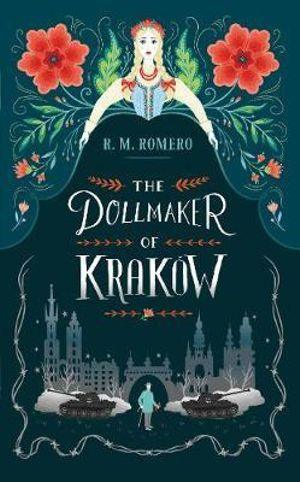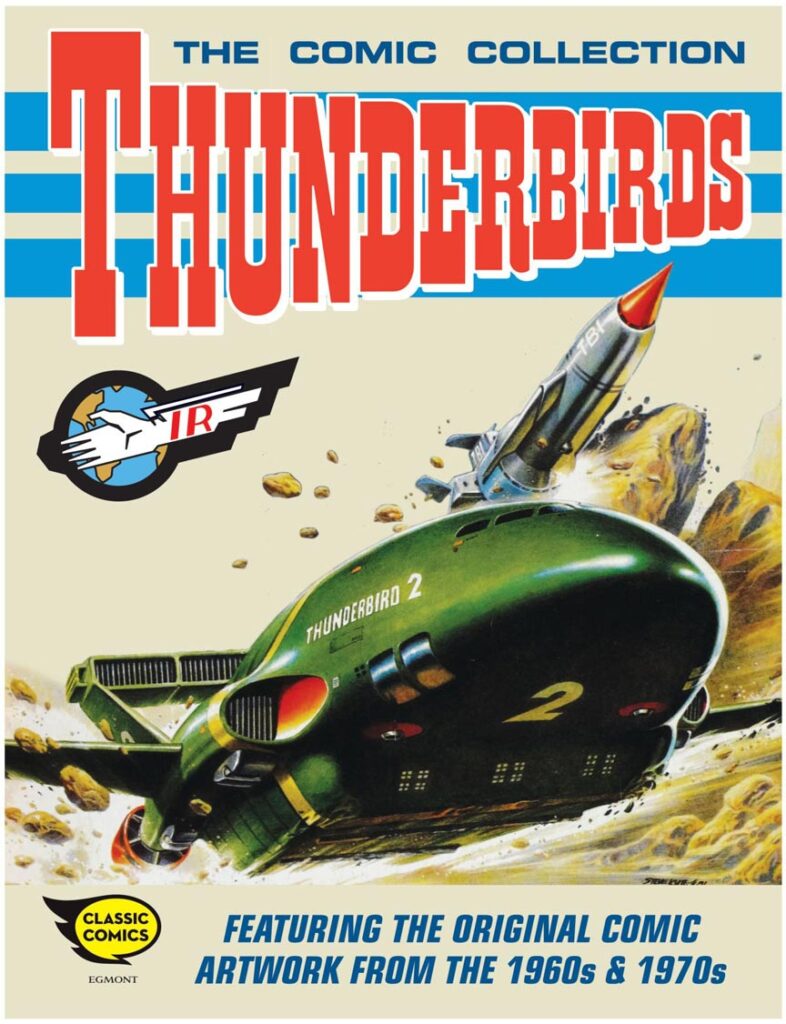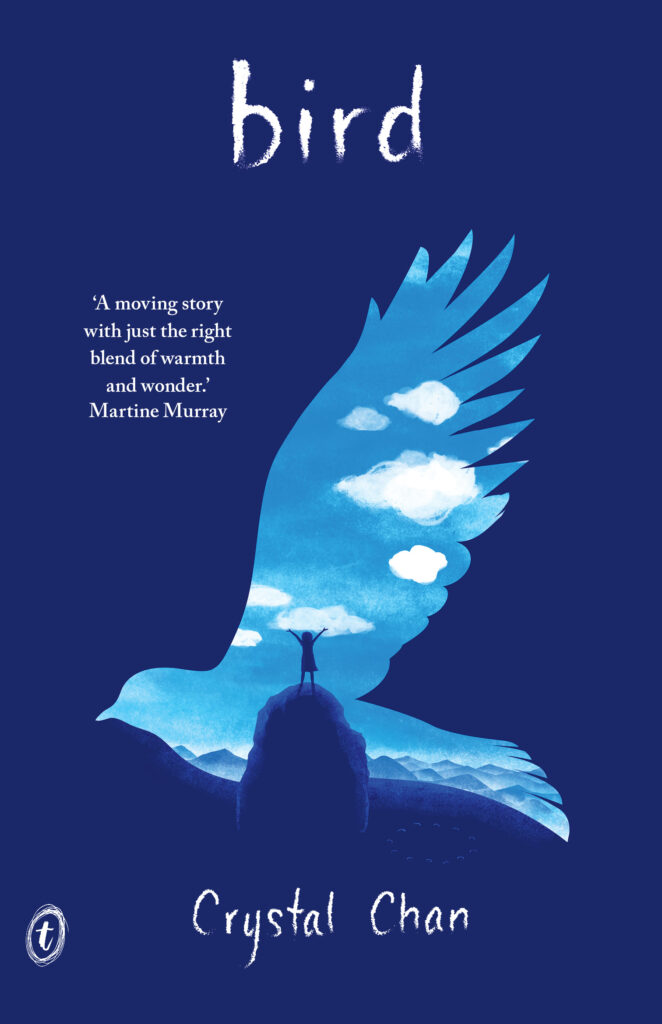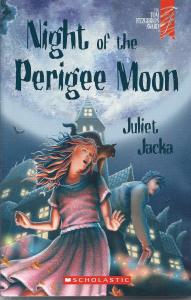RM Romero (text), Tomislav Tomic (illustrations), The Dollmaker of Krakow, Walker Books Australia, December 2018, 288 pp., RRP $16.99 (pbk) ISBN 9781406379822
The Dollmaker of Krakow skilfully weaves magic and make-believe with the reality of war, drawing in young readers to show them the power of courage and true friendship. It starts off with a fairytale feel, akin to The Nutcracker, about a doll whose Land of the Dolls is invaded and overrun by the Rat King. She flees and ends up in the human world, brought to life in a newly-carved body by a Dollmaker in Krakow, Poland during the second world war.
I didn’t expect to enjoy a story about a doll, but I did. It’s engaging and sensitively written and a great book for young readers looking for a deeper story. The story is very much centred on the friendship between the doll and the Dollmaker – on the care they show one another, the courage and strength they give each other and on the positive impacts each makes in the other’s life. Their friendship progresses, along with the war, with the doll’s magic softening the harsh reality of Germany’s invasion and the treatment of the Jewish people. A young Jewish girl and her violinist father play key roles in the story, as does a German soldier and a wooden toy soldier who is also from the Land of the Dolls.
This book is aimed at readers aged 9+ and I’d recommend it as a read aloud to children at the younger end of that range. While it doesn’t explicitly explain the Holocaust, there are significant hints to it, which younger readers particularly may find upsetting.
The book is beautifully-designed. There’s sparks of shiny silver foil on the cover, like the sprinkling of magic through the story. Inside, the pages are decorated with intricate black and white ink drawings in the Renaissance engraving style. Where the story focuses on the Land of the Dolls, the chapters are enclosed in a border of dolls, wooden soldiers, dancers and gingerbread houses or fighting rat soldiers. Chapters set in the human world are topped with beautiful drawings hinting at what’s to come.
At the end of the book, there is a chronology highlighting key moments in World War I and World War II as well as an author’s note, sharing her inspiration for the story.
Reviewed by Carissa Mason






